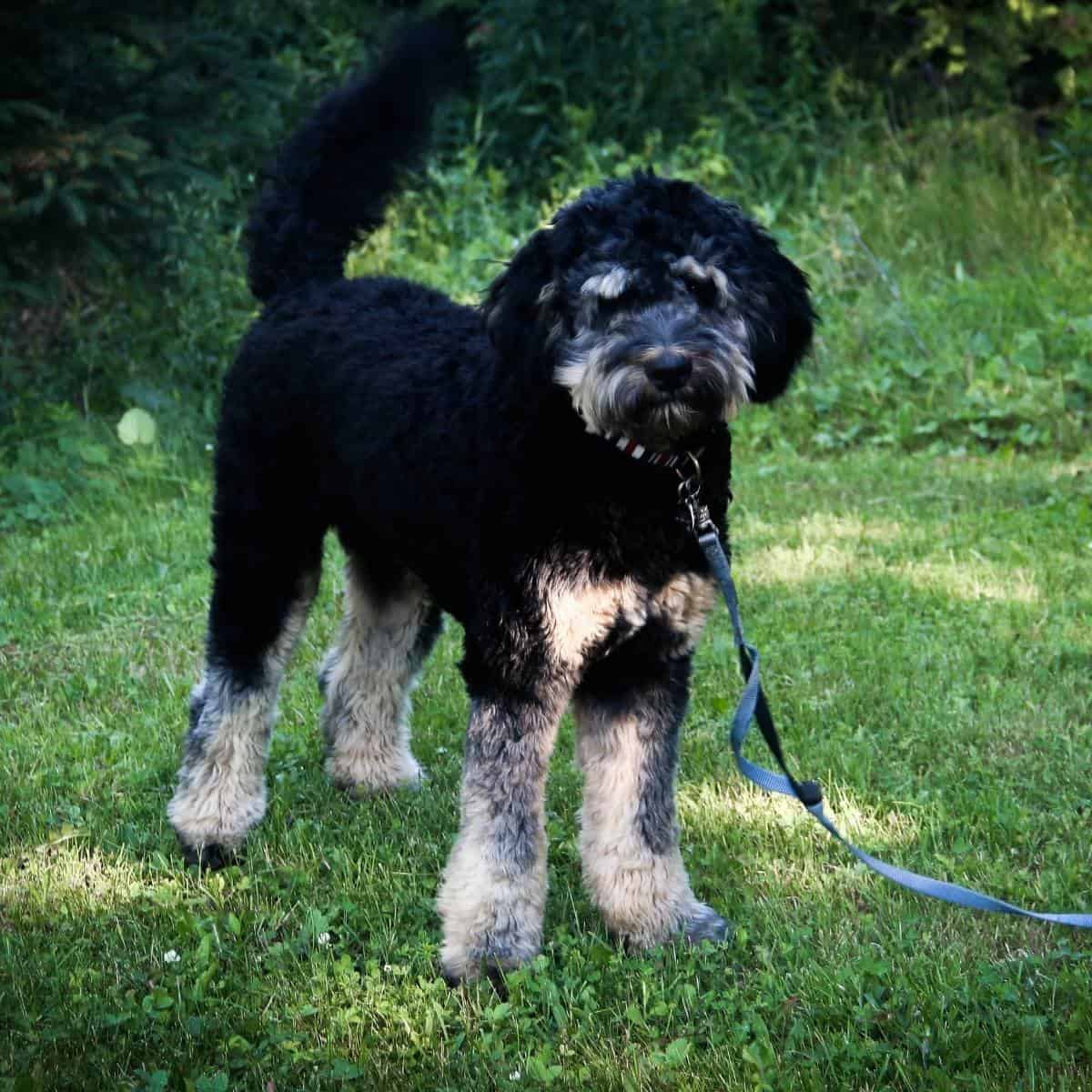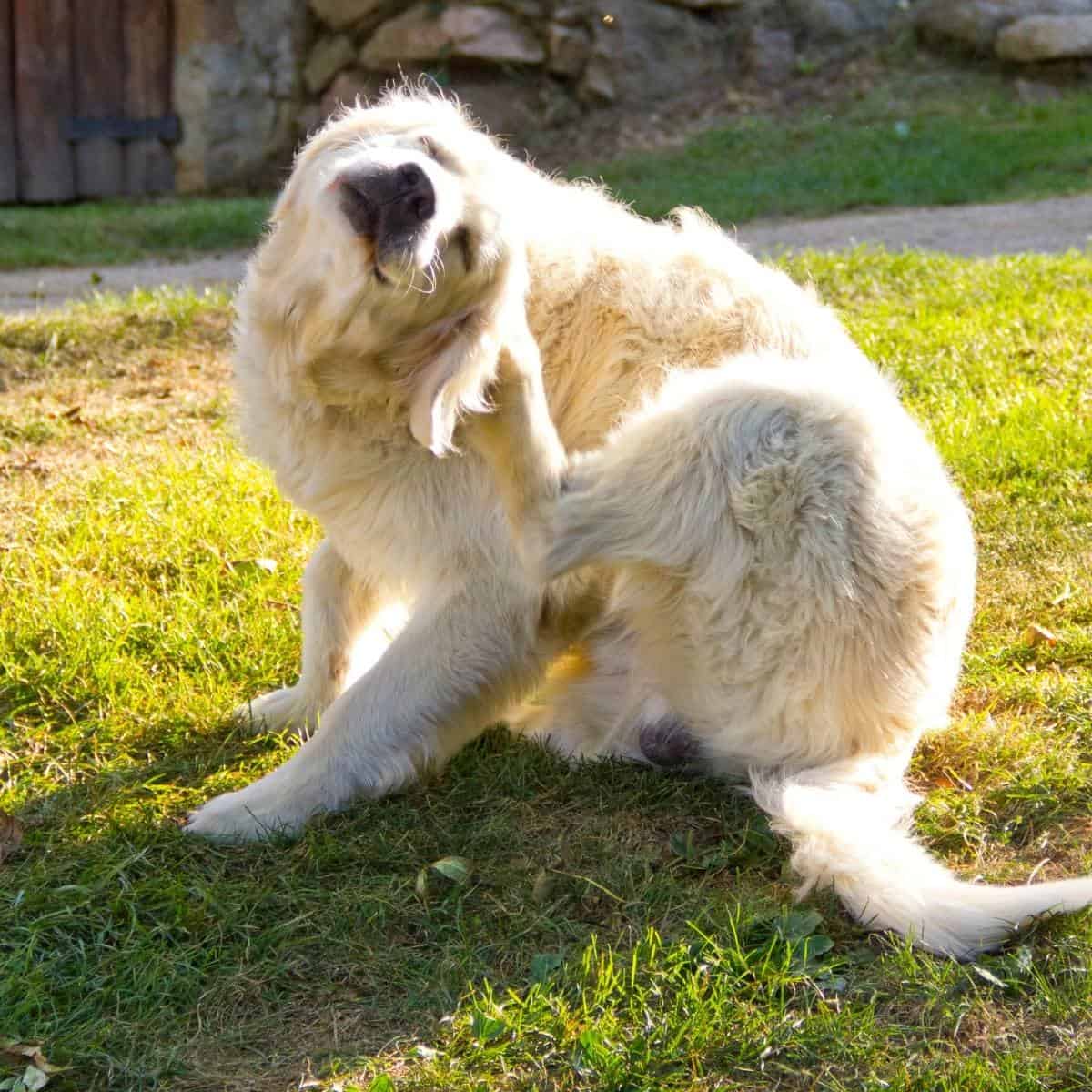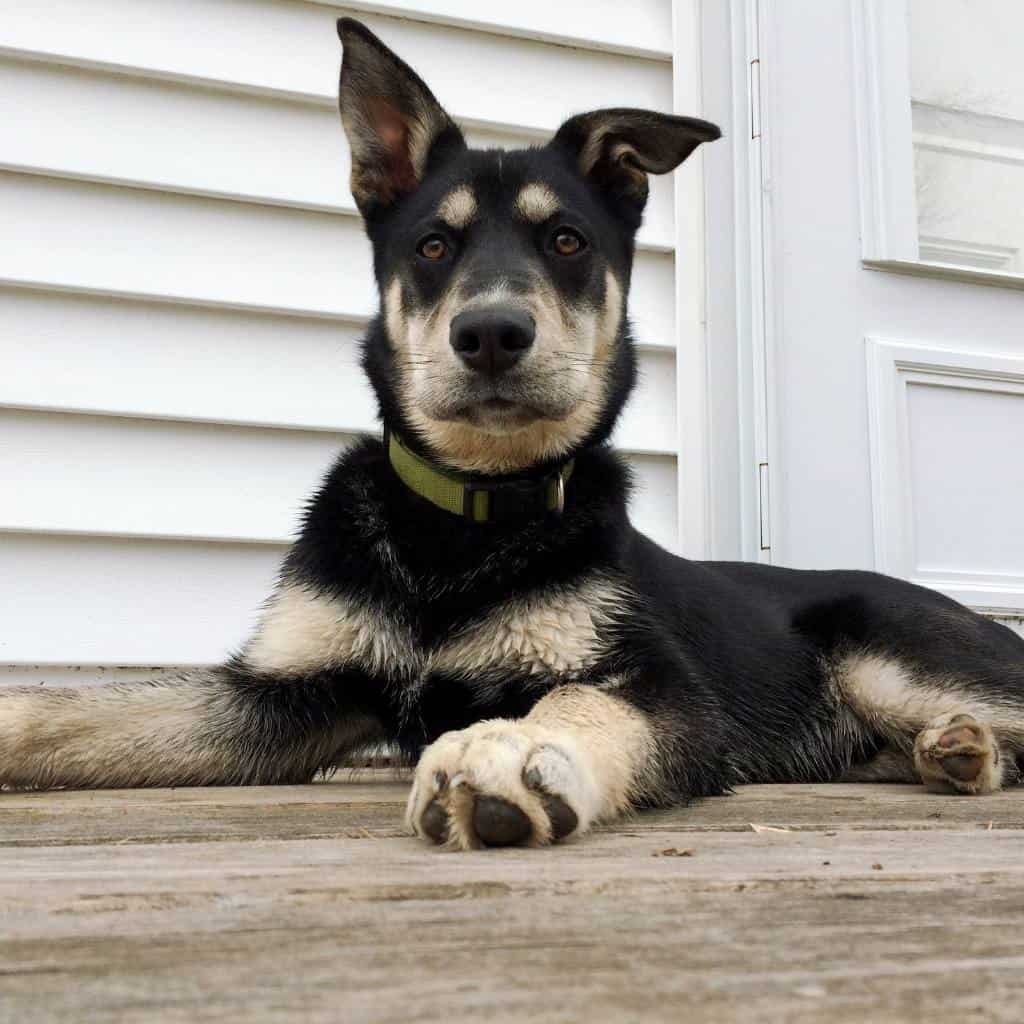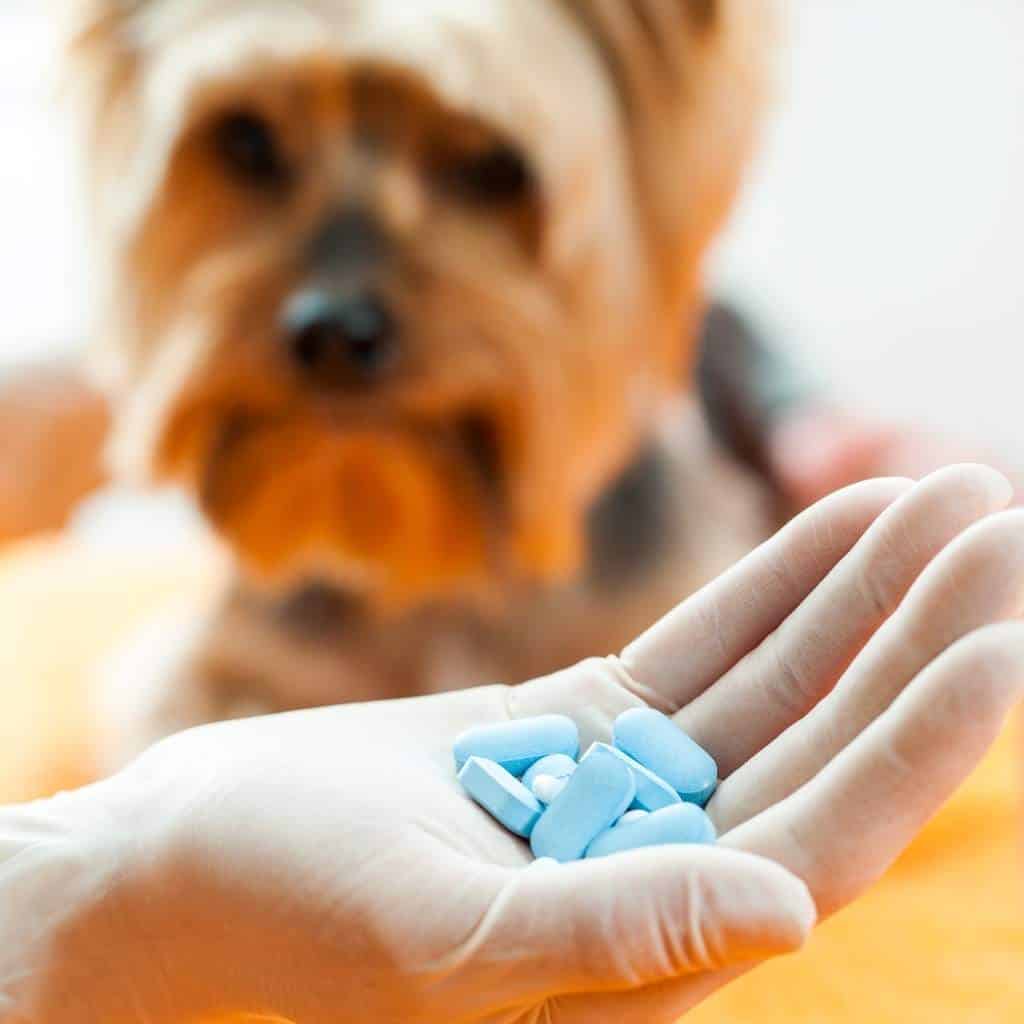Can I Walk My Dog 30 Minutes After Eating?
It’s so confusing, should you walk your dog before they eat, after they eat? How long is enough time 30 minutes, an hour? Find out answers to all of your burning questions about when to feed your dog and their exercise routine.
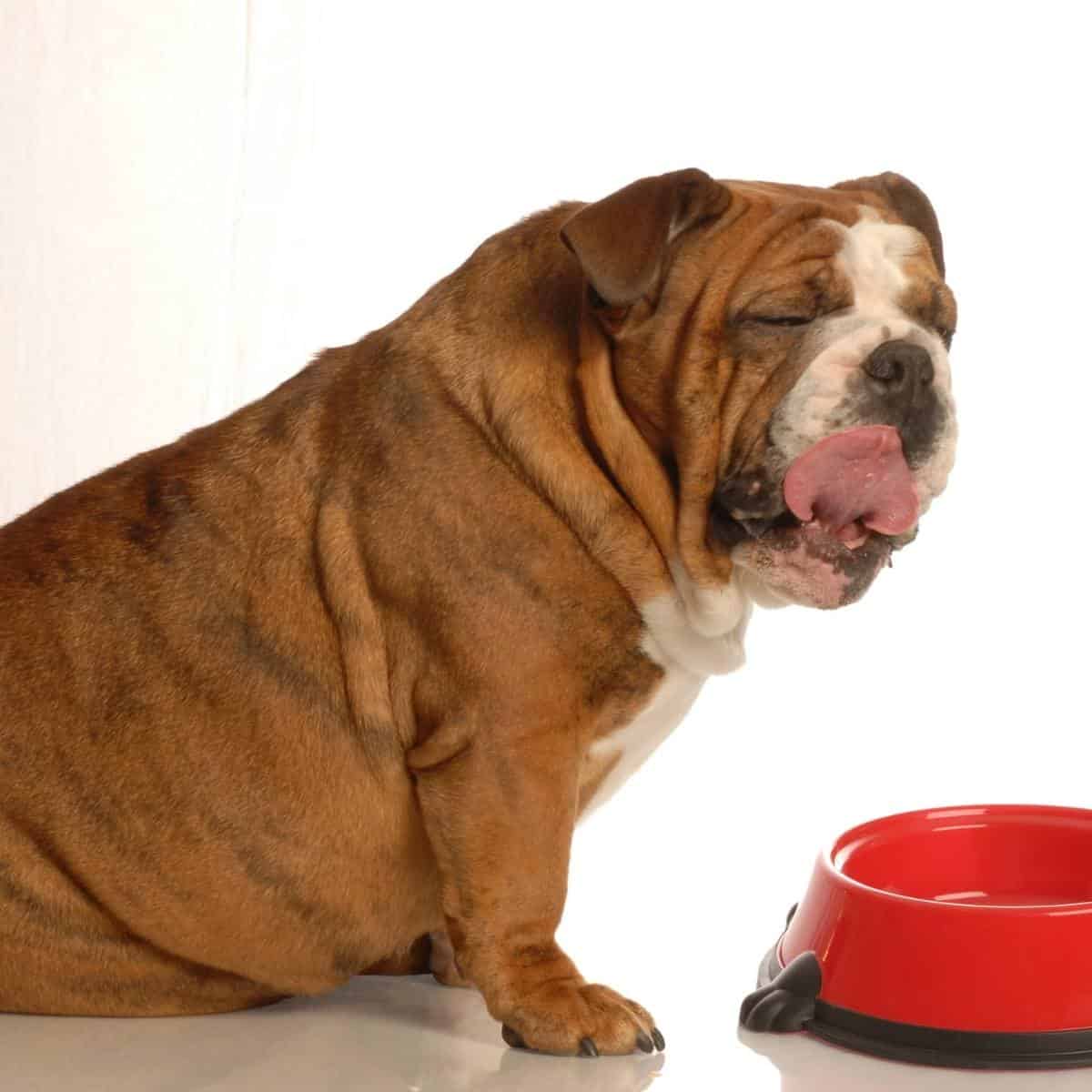
“Who wants to go for walkies?”
It is a question guaranteed to make your dog’s tail wag! But before putting on their leash and heading out the door, hold on a second.
How long ago did your dog eat?
It may seem like a silly thing to ask, but remember when you were a child and your parents warned you not to swim at least 30 minutes after eating? Well, according to canine health experts, there are also general guidelines surrounding when it’s safe to walk a dog – before or after eating?
Today, Doggie HQ explains why watching the clock is important when it comes to feeding and walking your dog.
Should I Walk My Dog Before or After Eating?
There is nothing nicer than taking a lovely stroll through the neighborhood with a dog trotting at your heels. It’s a great way to exercise and get some fresh air, for both you and your pup! However, feeding right before or after a walk is a gray area…
That’s because according to veterinarians, it’s not so much a matter of “should” but more a question of “when.”
Dog Advisory Council explains, “The general rule is to make sure that you separate [your dog’s] meals from his walks by at least 30 minutes, though 1-2 hours is preferred.” Of course, you can walk your dog before feeding breakfast or after their dinner meal. However, doing so too soon raises the risk of the following:
Stomach pain
Did you know? Dogs get indigestion too. A dog who gobbles down their kibble and then goes for a long walk may suffer from tummy troubles.
Vomiting
Secondly, exercising too soon after eating/drinking can lead to vomiting, especially if your dog pulls on the leash, has breathing difficulties in warm temperatures, or gets overly excited on walks.
Bloat
Finally, the word “bloat” is feared among dog owners. And for good reason!
Most common in large breeds or deep-chested dogs, PetMD shares that this condition occurs when food and/or gas stretch a dog’s stomach. Unfortunately, when this happens blood flow to the abdomen is cut off. Additionally, it can put immense pressure on the diaphragm. The result? A painful twisting that is a very, VERY serious medical emergency for your dog.
In fact, the American Kennel Club found that bloat kills one-third of afflicted dogs. Yikes.
Breeds that are prone to bloat include:
So, all the more reason to avoid walking your dog immediately before or after a meal. For dog breeds known for bloat, waiting 2+ hours before or after eating is even better.
Ultimately, Pawsome sums it up best: when in doubt, think about what the walk is for! A gentle 10-step walk to the grass for a quick pee or poop is unlikely to do any harm. Conversely, strenuous exercise like swimming, playing, running, and hiking after a meal can leave a dog feel hungry, weak, lightheaded, etc. if they haven’t eaten yet, but it also heightens the risk of poor health outcomes, like bloat.
The final verdict?
A short and easy walk 30 minutes before or after eating = Generally safe.
A long and physically demanding walk right before or after = Not advisable!
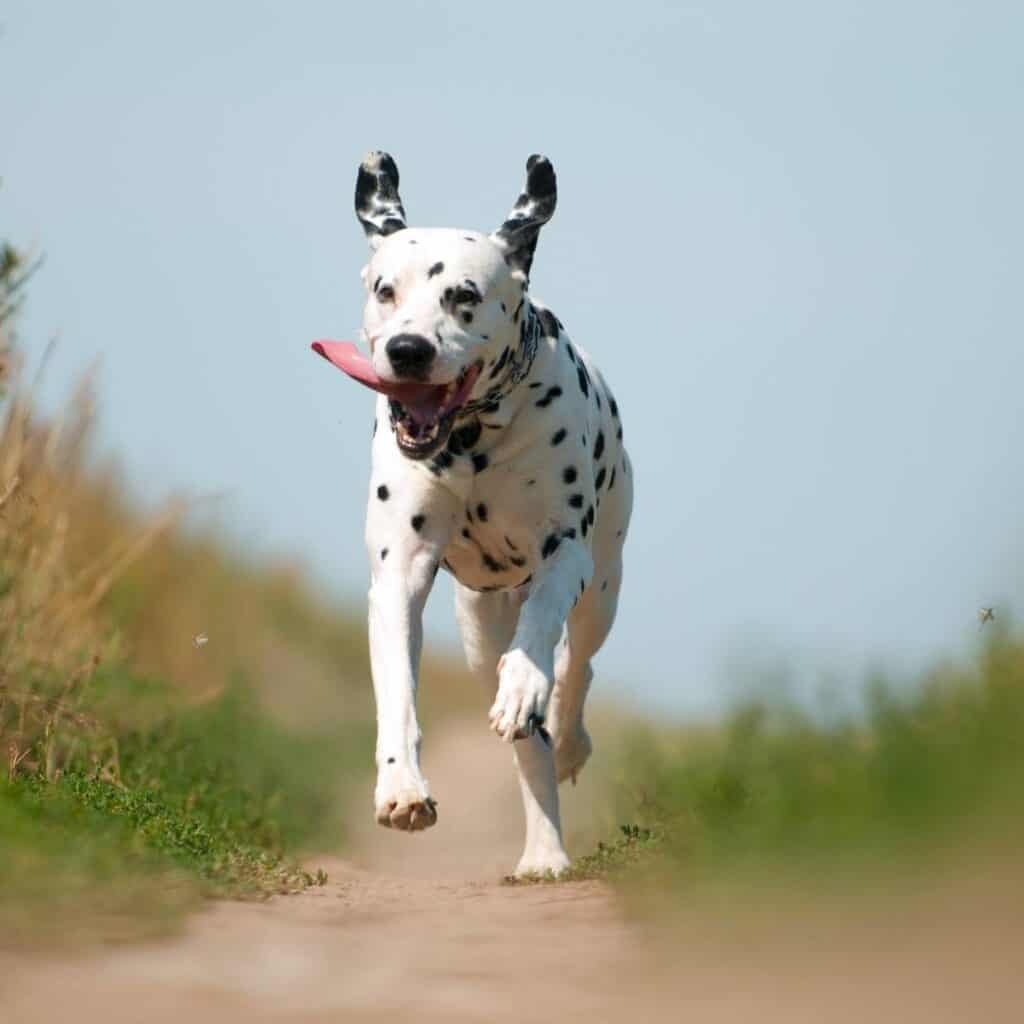
Can Dogs Run After Eating?
Dogs loves to run and play. After all that eating, it makes sense they want to burn off the calories, right? Well, hold on. Before grabbing a frisbee or getting a rope toy for a game of tug-o-war, know this: dogs should never run after eating. As Wag Walking points out, activities like running, chasing other dogs or creatures, jumping, etc. can lead to fatal problems.
Instead, encourage a post-meal rest period. No running.
When Is the Best Time to Walk Your Dog?
Ultimately, this depends upon each individual dog. Consider factors such as meal size, activity level, and general health. Dogs are creatures of habit, and so following a regular walking and feeding routine is key.
The Dog People recommends:
- Short pre-breakfast walk
- Midday potty break
- Longer walk pre-dinner
- Short potty break before bed
Food Digestion: How Long Does It Take for Dogs?
Between six and eight hours.
Canine Bible explains contributor Dr. David Brummer says, “On average, food moves through the canine stomach a bit slower than ours, but food movement through the intestines is a little faster, in fact, a dog’s Gastrointestinal transit time, or time to fully digest a meal, is 6 to 8 hours.”
How Much Exercise Does My Dog Need Per Day?
All dogs have different exercise requirements. This is dependent upon breed, age, health, and so on.
For example, a senior Basset Hound might only feel up for two 20-minute walks per day, whereas an athletic Belgian Malinois will demand far more – a minimum of 2-hours every day! The goal is to offer both free exercise time and routine walks.
The appropriate amount of exercise is however much it takes for your dog to stay physically fit and be mentally stimulated enough to prevent boredom or destructive behaviors.
Can You Walk a Dog Too Much?
Yes.
Just like humans, a dog can walk too much. Overwalking can result in injury to paw pads, muscles, bones, and joints. For example, running beside a cycle in hot weather can not only add to wear-and-tear on the feet…it could actually burn their pads!
If your dog starts panting excessively, limping, laying down on the sidewalk, or suddenly seems uninterested in going for walks, consider less frequent walks.
What About Puppies?
Learning to go for walks is a life skill for cute puppies.
When it comes to feeding and walking a puppy, the same rules apply. The American Kennel Club suggests limiting walks to short stretches throughout the day, with lots of playtime and nap time in between. For meals, aim for 3 each day. Ideally, somewhere around 7.a.m., noon, and 5 p.m. with frequent (but on leash and quick) potty breaks.
Conclusion
In summary, walking is great for dogs! It helps them maintain a proper weight, keeps joints limber and muscles strong, is good for cardiovascular health, and boosts their mental health too.
That being said, be careful when walking a dog. Try to plan walks around mealtimes. Avoid walks immediately before or after eating. By focusing on your dog’s schedule, you can minimize potential health issues and enjoy the time together outdoors.
Happy walkies!

